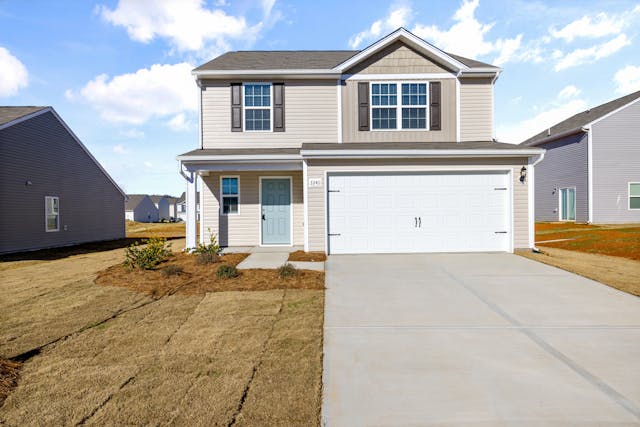Owning a home is a milestone—an investment in your future and a place to build memories. But it’s also a responsibility. From natural disasters to unexpected accidents, homes face a variety of risks. That’s why home insurance is a crucial tool for every homeowner.
Let’s explore what home insurance is, what it covers, and how you can get the most out of your policy.
What Is Home Insurance?
Home insurance is a type of property insurance that protects your home and possessions from financial loss due to unexpected events. It typically includes:
-
Structural damage coverage
-
Personal property protection
-
Liability coverage
-
Additional living expenses if you’re displaced
By paying a monthly or annual premium, you gain peace of mind knowing that your insurance policy will step in during emergencies.

Why Do You Need Home Insurance?
Imagine a tree falls on your roof during a storm. Or someone breaks in and steals your electronics. Without insurance, you’d be stuck paying the full cost of repairs or replacements. Insurance helps reduce your financial burden during such events.
Also, most mortgage lenders require proof of home insurance before approving a loan. It’s not just about peace of mind—it’s often mandatory.
What Does It Cover?
Standard home insurance policies include:
-
Dwelling Coverage: Covers damage to the house itself.
-
Other Structures: Includes detached garages, fences, and sheds.
-
Personal Belongings: Covers furniture, electronics, clothing, and more.
-
Liability Protection: Helps with legal expenses if someone is injured on your property.
-
Loss of Use (ALE): Covers hotel stays and meals if your home becomes temporarily unlivable.
What Isn’t Covered?
While insurance is comprehensive, it doesn’t cover everything. Standard policies often exclude:
-
Flood damage (requires separate flood insurance)
-
Earthquake damage (requires an endorsement)
-
Termite or mold infestations
-
Wear and tear or maintenance issues
Review your policy details and consider adding extra coverage if you live in a high-risk area.
Tips to Lower Your Insurance Premium
Insurance doesn’t have to be expensive. Here are ways to reduce your costs:
-
Bundle Policies – Combine home and auto insurance.
-
Increase Your Deductible – Choose a higher deductible for lower premiums.
-
Install Security Systems – Smoke detectors, alarms, and surveillance can earn discounts.
-
Maintain a Claims-Free Record – Fewer claims often mean lower premiums.
How to Choose the Right Insurance Provider
Not all insurance companies are created equal. When choosing your insurer:
-
Compare multiple quotes.
-
Read customer reviews.
-
Check claim response time.
-
Ask about available discounts.
The cheapest option isn’t always the best. Look for value and service.
Final Thoughts
Home insurance offers vital protection for your property and finances. From structural repairs to replacing stolen items, it provides coverage where you need it most. Make sure your policy fits your lifestyle and risk factors. Review it annually and update it as your situation changes.
A strong insurance policy is more than a requirement—it’s a safeguard for your peace of mind.